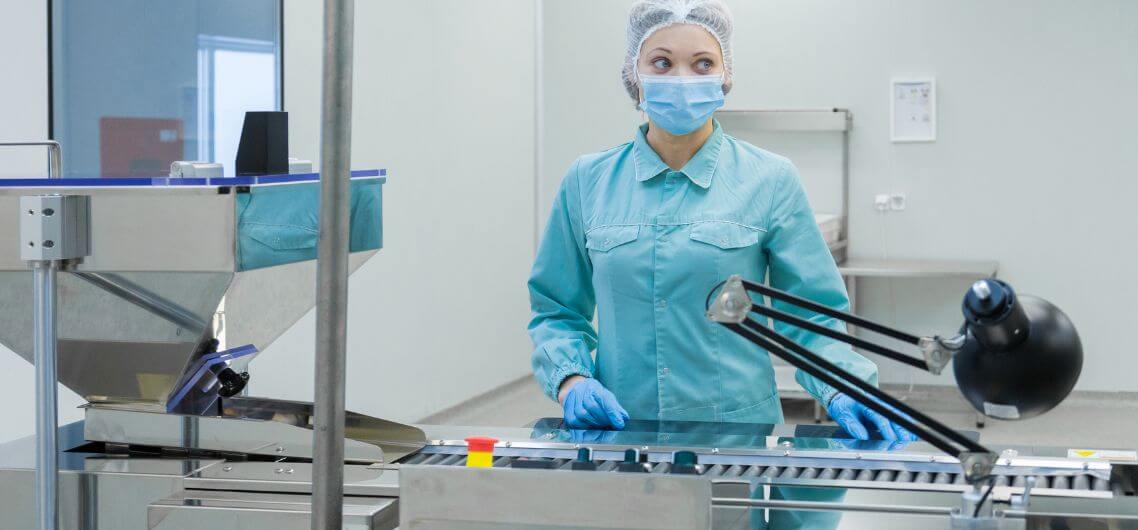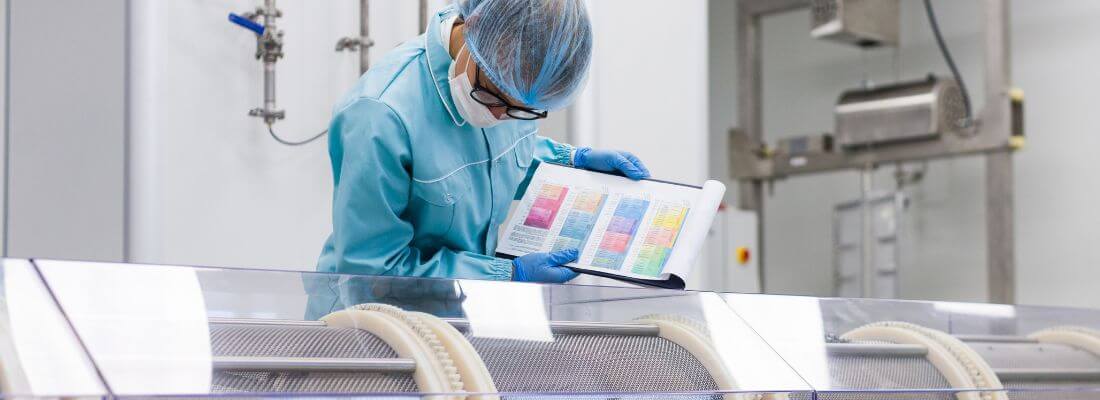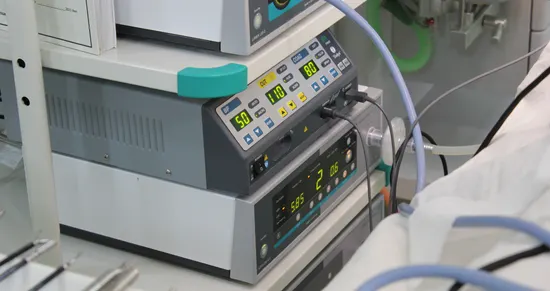Navigating the evolving landscape of regulatory medical device compliance is crucial for manufacturers striving to meet global market demands. In 2025, several pivotal changes in the EU Medical Device Regulation (MDR) and In Vitro Diagnostic Regulation (IVDR) have shaped the industry. Coupled with advancements like the EU AI Act and stringent cybersecurity rules, these updates aim to enhance patient safety, streamline compliance, and address emerging technological challenges.
For medical device manufacturers, understanding and adapting to these regulations is more important than ever. Non-compliance can lead to market access barriers, delays, and penalties. This blog explores the major medical device regulation changes, challenges faced by the industry, and strategies for maintaining compliance while fostering innovation.
Major Regulatory Changes in 2025
Quality Management System Regulation (QMSR) Final Rule
The FDA Quality System Regulation (QSR) is transitioning to the Quality Management System Regulation (QMSR), aligning with ISO 13485:2016. This transition aims to reduce duplication of efforts for manufacturers complying with both FDA and international standards. The FDA regulations for medical devices will now emphasise risk-based approaches to quality management, impacting product design, development, and post-market surveillance.
Manufacturers must update their systems to comply with the updated guidelines, ensuring smooth audits and sustained market approval. The alignment with ISO standards also fosters global trade compliance, benefitting manufacturers targeting international markets.
EU AI Act
The EU AI Act introduces a regulatory framework to address the use of artificial intelligence in medical devices. This act categorises AI systems based on risk levels, with high-risk applications like diagnostic algorithms requiring stringent validation. The Act complements the existing EU Medical Device Regulation (MDR), ensuring that AI-driven devices meet the same safety and performance standards as traditional ones.
This development challenges manufacturers to integrate robust AI governance frameworks, demonstrating transparency and reliability in their algorithms.
IVDR Transition Timeline Extension
The European Commission has extended the transition period for the IVD Regulation, allowing manufacturers additional time to align with the updated requirements. While this provides some relief, it also emphasises the importance of proactive planning. The extended deadlines allow for improved readiness to meet the comprehensive requirements of the IVDR regulation, including performance evaluations, clinical evidence, and post-market surveillance plans.
Cybersecurity Regulations
Increasing concerns over data breaches and ransomware attacks have led to stricter Cybersecurity Regulations for Medical Device Manufacturers. Compliance with these regulations is now essential for securing device software and patient data. These rules align with the broader requirements of the EU Medical Device Regulation changes, ensuring robust protections for connected medical devices.
Manufacturers must adopt advanced cybersecurity measures during the product design phase, incorporating frameworks such as the FDA’s medical device change control guidance for secure updates and modifications.
Other Relevant Regulations
Additional updates include adaptations in the EU MDR Regulation related to legacy devices, emerging guidance on combination products, and sector-specific standards under the European Medical Device Regulation. These updates address gaps identified in previous compliance cycles and ensure a seamless transition for manufacturers.
Challenges Faced by Medical Device Manufacturers in 2025
Supply Chain Resilience
The interconnected nature of the global supply chain exposes manufacturers to vulnerabilities such as raw material shortages and logistical disruptions. Ensuring compliance with EU MDR regulation changes while maintaining production timelines is a significant challenge. Effective supplier quality management and contingency planning are critical to overcoming these challenges.
Cybersecurity Threats
As connected devices grow more prevalent, manufacturers face mounting cybersecurity threats. These risks not only jeopardise patient safety but also impact regulatory compliance under both FDA regulations for medical devices and the EU Medical Device Regulation. Addressing these threats requires a proactive approach to risk management and adherence to cybersecurity standards.
Adoption of Generative AI
The integration of generative AI in device development introduces ethical, operational, and regulatory challenges. Manufacturers must navigate concerns over data privacy and algorithmic bias while ensuring that AI systems comply with the EU AI Act and other relevant medical device regulatory guidelines.
Strategies for Compliance and Adaptation
- Invest in Training and Awareness: Equip teams with in-depth knowledge of regulatory medical device regulations and their updates, including the MDR regulation, IVDR regulation, and cybersecurity standards. Training ensures compliance readiness across departments.
- Adopt Digital Tools for Compliance: Leverage advanced regulatory software to streamline processes, maintain updated technical documentation, and manage FDA medical device change control guidance requirements effectively.
- Strengthen Post-Market Surveillance: Implement robust systems for monitoring device performance and reporting adverse events. This aligns with the EU Medical Device Regulation and enhances patient safety.
- Collaborate with Notified Bodies: Engage early with notified bodies to clarify expectations under the updated EU MDR Regulation and IVDR Regulation timelines, ensuring smooth audits and approvals.
- Enhance Cybersecurity Protocols: Incorporate cybersecurity measures into product design and lifecycle management. Follow global standards to secure data and mitigate cybersecurity threats.
Conclusion
The regulatory landscape for medical device manufacturers is undergoing transformative changes in 2025, from the EU MDR regulation changes to the IVDR regulation timeline extensions and new cybersecurity mandates. While these updates present challenges, they also offer opportunities to enhance product quality, safety, and innovation.
By understanding and adapting to these medical device regulation changes, manufacturers can maintain compliance, avoid penalties, and continue delivering life-saving technologies to global markets. Strategic planning, effective communication with regulatory bodies, and leveraging digital tools are vital for navigating this complex environment.
References







